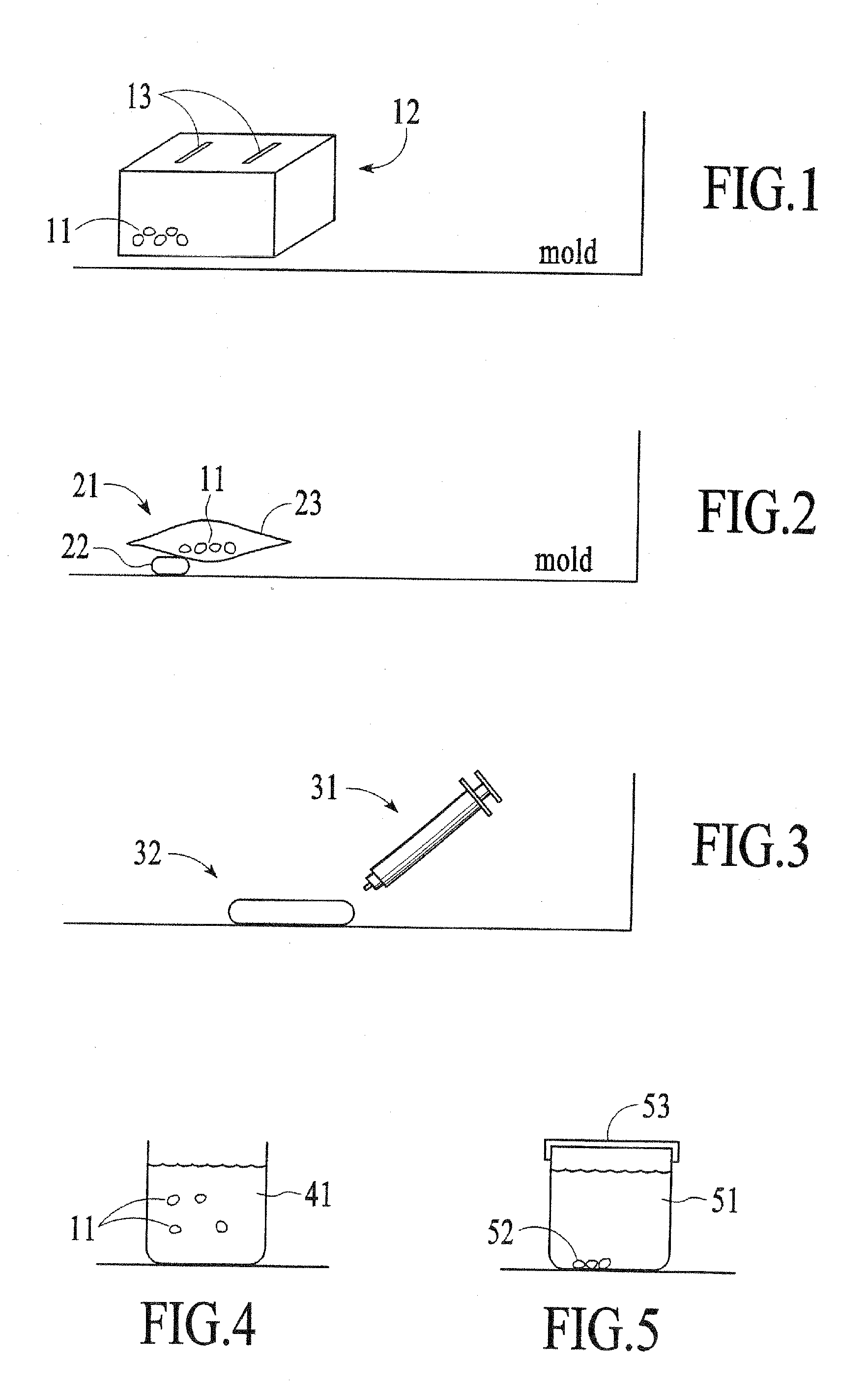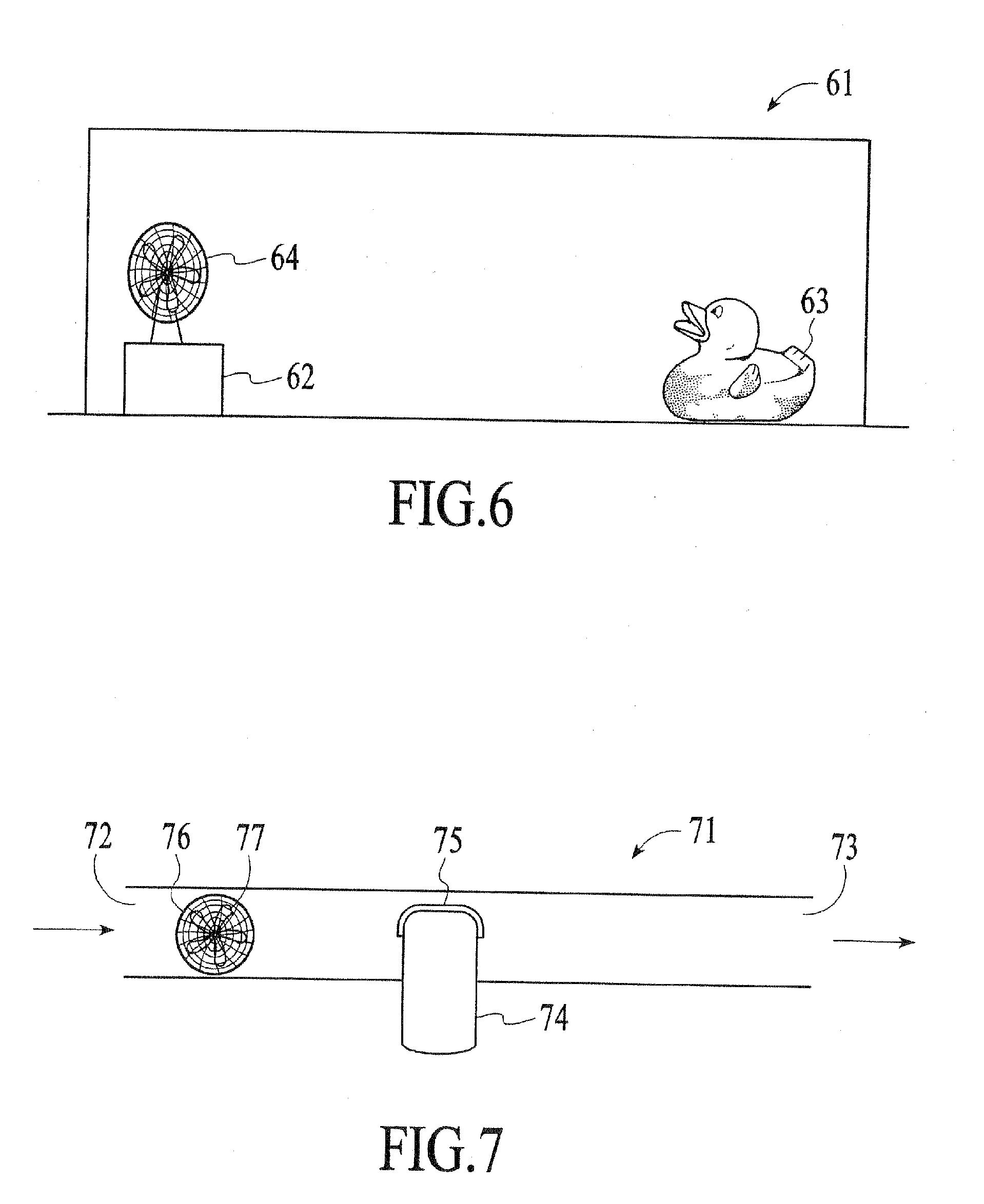Hypochlorite Technology
a technology of hypochlorite and composition, applied in the field of packaging for dilute hypochlorite composition, can solve the problems of not knowing how to take care of mold problems, products that do not deal with the identification and evaluation of molds or the safety requirements of products
- Summary
- Abstract
- Description
- Claims
- Application Information
AI Technical Summary
Benefits of technology
Problems solved by technology
Method used
Image
Examples
examples
Hypochlorite Dilution Examples
[0351]Table I shows that diluted hypochlorite solutions have good stability at near neutral pH, especially when diluted with water relatively free from metal ions, salts, and total organic carbon (TOC) (Table II). The initial concentration of the concentrated sodium hypochlorite was 6.24% sodium hypochlorite and the stability samples were stored in 174 oz. Clorox® bleach bottles.
TABLE ILoss atLoss atInitial120° F.120° F.availableafterafter 19.7Loss at 120° F.chlorine9.9 daysdaysafter 30.7 daysConc.84.2 (pH 7.53)17.1%23.7%33.4% (pH 7.84)Hypochloriteand tap waterConc.83.0 (pH 7.53)19.3%22.8%26.0% (pH 8.11)Hypochloriteand Soft wateraConc.82.3 (pH 7.53)11.7%17.7%23.1% (pH 7.10)Hypochloriteand DDI waterbConc.83.3 (pH 7.53)10.9%16.9%22.0% (pH 7.18)Hypochloriteand DI watercConc.83.0 (pH 7.53)11.0%15.9%19.4% (pH 7.52)Hypochloriteand RO waterdConc.85.0 (pH 7.53)11.8%17.3%22.1% (pH 7.20)Hypochloriteand RO / DIwatereSoft water from a sodium cation exchange process.D...
PUM
 Login to View More
Login to View More Abstract
Description
Claims
Application Information
 Login to View More
Login to View More - R&D
- Intellectual Property
- Life Sciences
- Materials
- Tech Scout
- Unparalleled Data Quality
- Higher Quality Content
- 60% Fewer Hallucinations
Browse by: Latest US Patents, China's latest patents, Technical Efficacy Thesaurus, Application Domain, Technology Topic, Popular Technical Reports.
© 2025 PatSnap. All rights reserved.Legal|Privacy policy|Modern Slavery Act Transparency Statement|Sitemap|About US| Contact US: help@patsnap.com


